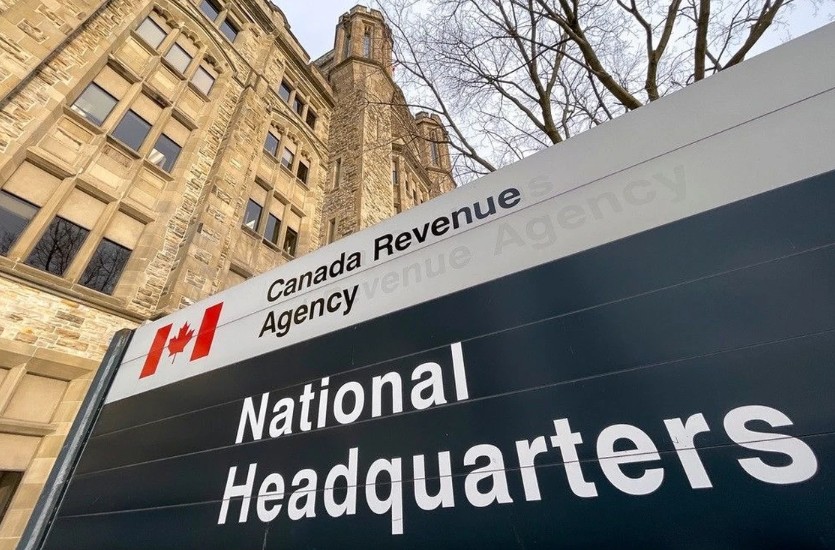An uncomfortable reality confronts us: the current size of government is unsustainable in Manitoba and across Canada, as the statistics clearly indicate.
Consider the Canada Revenue Agency (CRA). Its reports reveal that the CRA employs approximately 60,000 individuals to serve a population of around 40 million. In contrast, the United States, with a population exceeding 330 million, relies on about 79,000 employees at the Internal Revenue Service (IRS). Even with recent increases in hiring supported by the Inflation Reduction Act, the IRS operates with significantly fewer employees per capita.
To illustrate: the CRA has one employee for every 667 Canadians, whereas the IRS has one for every 4,177 Americans. This means that, on a per capita basis, Canada’s tax agency employs six times as many individuals as its U.S. equivalent.
Why is this the case? Are Canadians concealing more income than Americans? No. Is our tax system more intricate? Not at all; in fact, the U.S. tax code is considerably more complex. Yet, they manage with a smaller workforce.
What we are observing is an unchecked expansion of government. Since 2015, Ottawa’s public service has grown by over 40%. The CRA exemplifies this trend, as the bureaucracy has swelled while the private sector—the engine of wealth creation—struggles under the burden of taxes and regulatory constraints.
The figures are revealing. The Parliamentary Budget Officer reports that federal spending on personnel surged by 31% from 2020 to 2022, amounting to $55 billion in salaries and benefits for 409,000 federal employees. In 2015, there were only 257,000, marking an increase of 152,000 public servants in less than ten years.
Where is the accountability? Are passports being processed more quickly? Is the CRA responsive to inquiries? Are veterans receiving improved services? The answer is no. Service quality has declined, wait times have increased, yet the workforce continues to expand.

This issue transcends partisan politics; it is a matter of arithmetic. Canada’s federal debt has surpassed $1.2 trillion, with interest payments projected to reach $46.5 billion in 2025-26—almost equivalent to the funding Ottawa allocates to provinces for healthcare. Years of imprudent spending have led to significant repercussions.
The situation is not limited to Ottawa. The civil service in Manitoba has also increased in size. An ever-growing bureaucracy is developing while private enterprises are urged to cut costs.
It is important to clarify that this is not an indictment of public servants. Many are committed professionals. However, the system has become excessively large and unwieldy, rendering it unsustainable.
What is the remedy? Streamline government operations, prioritize essential services—such as healthcare, law enforcement, and infrastructure—and cease funding ineffective programs. Governments must operate within their financial limits, just as businesses and families do.
Some contend that reducing government employment negatively impacts the economy, but an oversized government is more detrimental. Every dollar spent maintaining an inflated public sector is a dollar that could have been invested in job creation or innovation.
Consider this: Canadians now pay more in taxes than they spend on housing, food, and clothing combined, according to the Fraser Institute. This reflects the burden of unchecked government growth.
We must confront difficult questions. Is it necessary to have 60,000 employees at the CRA? Why does Ottawa require 16,000 additional public servants this year compared to last? Why is the City of Winnipeg expanding its departments while essential services lag?

Simultaneously, we must empower the private sector. Reducing taxes, minimizing regulations, and providing greater certainty are essential. However, this necessitates curbing government expenditures.
This is not a matter of ideology; it is a question of survival. Continuous deficits are not viable. With rising interest rates, debt repayments are overshadowing critical services. The longer we delay action, the more severe the consequences will be.
We have the ability to manage our financial resources effectively. We can eliminate unnecessary expenditures and direct government efforts toward essential areas. Alternatively, we can maintain the current trajectory and burden future generations with a chaotic situation.
The moment has come to reduce the scale of government. Not in the future, but immediately.








